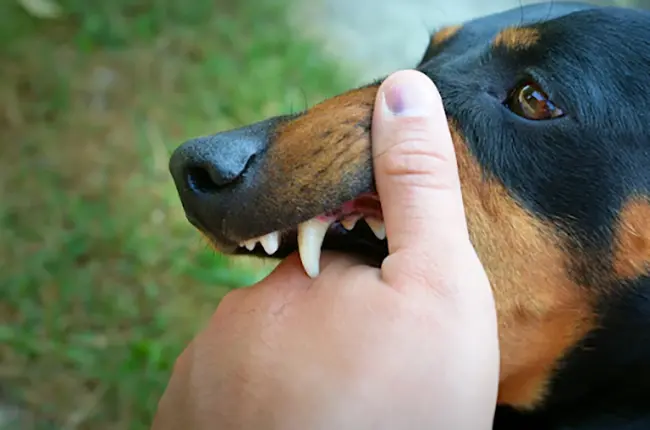
Dog bites can cause serious physical trauma to the victim. The injuries a victim suffers can be life-threatening in some cases.
Most people imagine that dog bite injuries are confined to cuts and scratches, but the fact is that they could be more serious.
The extent of the injury often depends on factors like the dog’s size, temperament, and the part of the body that was bitten. If you’ve been injured, it may be helpful to find a local dog bite attorney who can guide you through the process of seeking compensation for medical expenses and emotional distress caused by the attack.
Here are the different injuries a dog bite victim sustains.
Lacerations and Puncture Wounds
The common outcomes of dog bites are lacerations or puncture wounds, which can be superficial scratches on the skin. Deep lacerations may impact the muscles and underlying tissues. The size and force of a dog determine the severity of these injuries. Puncture wounds, where the dog’s teeth penetrate deeply into the skin, pose particular risks.
Even if these injuries appear to be minor, the risk of infection is high, as the bacteria in a dog’s mouth can easily enter the body.
Infections
Infections are one of the most common and serious consequences of dog bites. A dog’s mouth is full of bacteria, and when their teeth break the skin, those bacteria can be transferred into the wound.
Some of the more common bacterial infections associated with dog bites include pasteurella, which can cause severe swelling and pain, and Capnocytophaga, a bacteria that can be particularly dangerous for individuals with weakened immune systems.
The infection may also get out of hand in no time and give rise to the need for hospitalization or even surgery if not treated.
Moreover, dog bite wounds, if not treated on the spot, can turn into pus gathering below the skin and give rise to abscesses, further damaging the injury site.
Fractures
Most dog bite injuries, though painful, are cuts and punctures. However, the force of the bite or simply being knocked over by an overwhelming large dog might cause fractures.
The strength of the bite itself may fracture the arm, leg, and sometimes bones of the face during these situations, especially in larger breeds.
For example, a dog may latch onto a person’s arm or leg, and in the struggle to free themselves, the victim may break a bone.
In more severe cases, the dog may drag the victim, causing injuries like crushed ribs or fractures of the pelvic bones.
A facial fracture is devastating and usually necessitates reconstructive surgery.
Recovery, like in some slip and fall accidents, usually requires extended periods of rest, physiotherapy, and, in many cases, surgical interventions to set the bones or apply pins or plates.
Nerve Damage
Long-term complications of a dog bite involve nerve damage, particularly if the hands, face, or neck are involved. Deep lacerations from the bite may cut or compress nerves, resulting in numbness, tingling, or paralysis of the involved region.
Facial nerve damage can also result from bites to the face or jaw, potentially causing issues with facial expressions or eating.
Psychological Trauma
Besides the physical trauma, dog bites result in psychological trauma to the victims, particularly if the attack was sudden or violent. Children are especially at risk of developing post-traumatic stress disorder or a chronic phobia of dogs after such an experience.
Anxiety, nightmares, and a reduced quality of life might result, especially when the victim develops an aversion to either dogs or the places where the incidents took place.
Some victims suffer social isolation owing to a fear of confronting dogs or going outside. In many cases, such emotional scars will require therapy or counseling for the victim.



